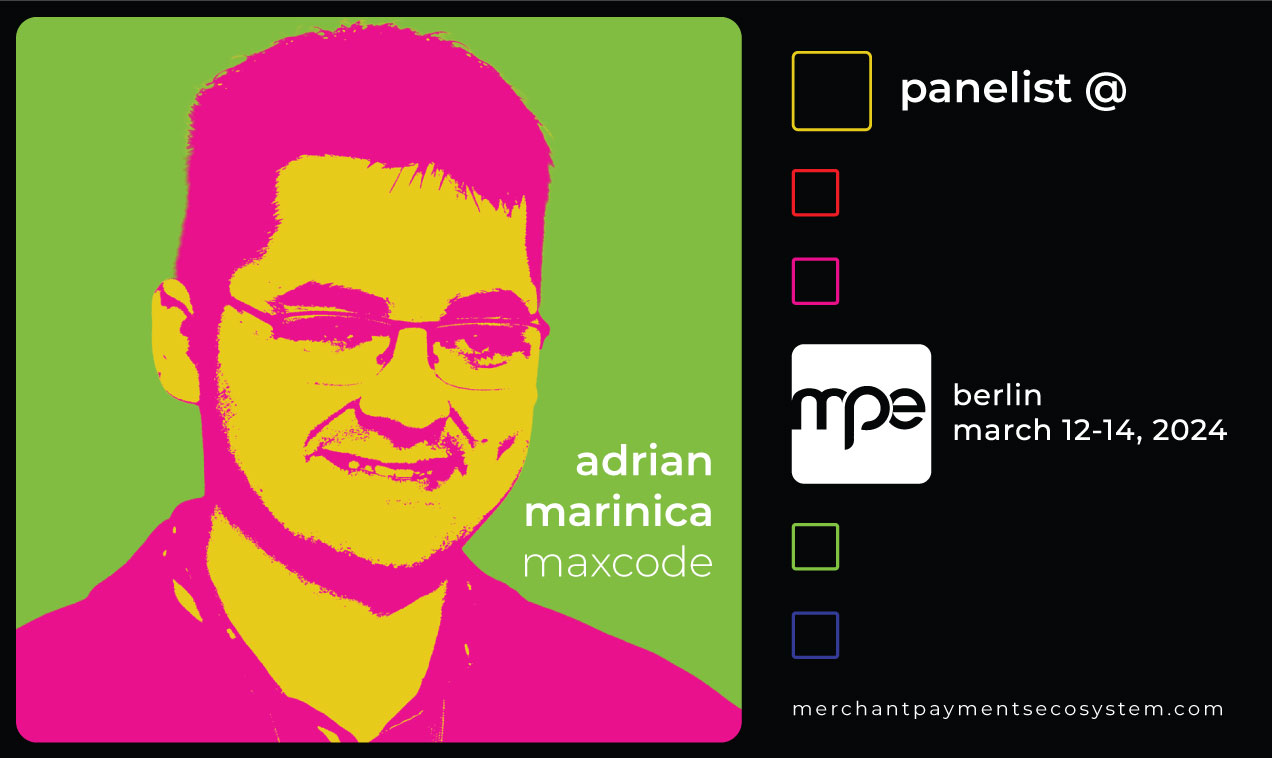Ever since we started the agile transformation many years ago, every project and collaboration means finding ways to revive agile, taking out its core and putting it into a new form, always adapted to respond to our every client’s particular needs.
For us, being agile means more than frameworks, practices, and techniques. While these are context-driven, agile is a mindset, one that guides us when making decisions about our development teams’ organization, the internal processes to adopt, and the approach to take with our clients to increase collaboration and maximize the business value of their products.
We, as a company, started the agile transformation more than ten years ago and in all this time we’ve partnered with our clients in applying this methodology on a wide range of projects, from new ones to on-going and even maintenance ones. Since then, our attention was always focused on how the clients could benefit the most from this process.
1. Collaboration
A key point to a successful outcome of a project is both for the client and the development team to share a purpose and work together towards accomplishing it.
We highly appreciate the involvement of the client, not only in the planning phase but in all stages of the product development. We have high-performance teams and we empower them to take initiative, be creative and share ideas.
This facilitates a high degree of collaboration and creates a partnership between the client and the development team. The team has the opportunity to understand the client’s vision and takes ownership to transform it into a successful product.
2. Predictability
In a world that always challenges us with uncertainty, Agile offers the right tools to increase predictability. The Agile approach provides predictability on two levels:
- Predictable delivery and schedule
By using time-boxed, fixed schedule iterations, we can correctly assess the amount of work a team can produce in a certain timeframe, from an early stage of the project, and we ensure a constant and sustainable pace of delivery. Our clients can easily forecast the features potentially available at specific moments in the timeline of a project, depending on the priorities they set.
- Predictable costs
Knowing the amount of work a team can produce in a time-boxed iteration and having the estimates provided prior to each iteration, the client can timely understand the approximate cost of each feature and make better decisions regarding the priority of features and the need for additional iterations or for adjusting the scope.

3. Transparency
We foster a healthy working environment, where everyone can be open and transparent about his/her work and share the responsibility for the project’s success. Through frequent progress reports, both the team and the client can regularly evaluate the latest developments, spot when something goes off track, and step in to raise awareness of the problem.
The clients are more in control of their product development and can mitigate risks early in the process.
4. Flexibility
We live in a fast-paced environment, where new challenges and opportunities can arise in the market at any time, so being able to swiftly react and adapt to these circumstances, gives a competitive advantage.
Besides the opportunity for the clients to constantly refine and reprioritize the overall product backlog, working in short iterations that are both manageable and flexible allows the team to implement changes on short notice.
At Maxcode, we are always prepared to respond to change, even make recommendations to our clients when and how to accommodate changes in a cost-effective way.
5. Build the right product
Business value, user experience, and technical excellence are three key-components in building the right product.
We start our projects by trying to understand the product’s audience and, throughout the development cycle, we continue inquiring on the users’ experience, listen and learn from the feedback, and continuously improve to better respond to their needs.
We believe in simplicity and help our clients to reduce wastage by focusing the team development effort on high-value features and on delivering what creates the most positive impact on the business.
Last but not least, we strive for technical excellence and ensure a high standard of software quality on all our projects. Our continuous attention to the quality of the implementation, security of data, and maintainability in the long run leads to sustainable and competitive products.

6. Fast return of investment and time to market
Predicting the success of a project becomes more accessible when a business has the means to establish the ROI of that project and monitor it closely against concrete market feedback. Agile means early and continuous delivery, faster time to the market, and the ability to gauge customer reaction and respond accordingly.
“Working software is the primary measure of progress.” (Agile Manifesto). By having a clearly defined scope from regular refinement sessions with the client and by focusing on the most valuable parts, we can deliver fully functional features at the end of every iteration and timely validate them on the market.
Conclusion
We smartly follow Agile principles to ensure they lead to cost-effectiveness, risks reduction, and the creation of powerful and successful products for our clients. We put our clients’ satisfaction first and the many long-term fruitful collaborations we developed so far stand proof for this.

About Mădălina Nechifor
A graduate of Computer Engineering and Automatic Control, Madalina Nechifor has grown from being a .NET developer into a Scrum Master, Project Manager, and now Team Manager. A strong believer of servant leadership practices, Madalina is always keen on ensuring the success of each project by understanding the business needs of the client and translating them into valuable, actionable insights for the team.




